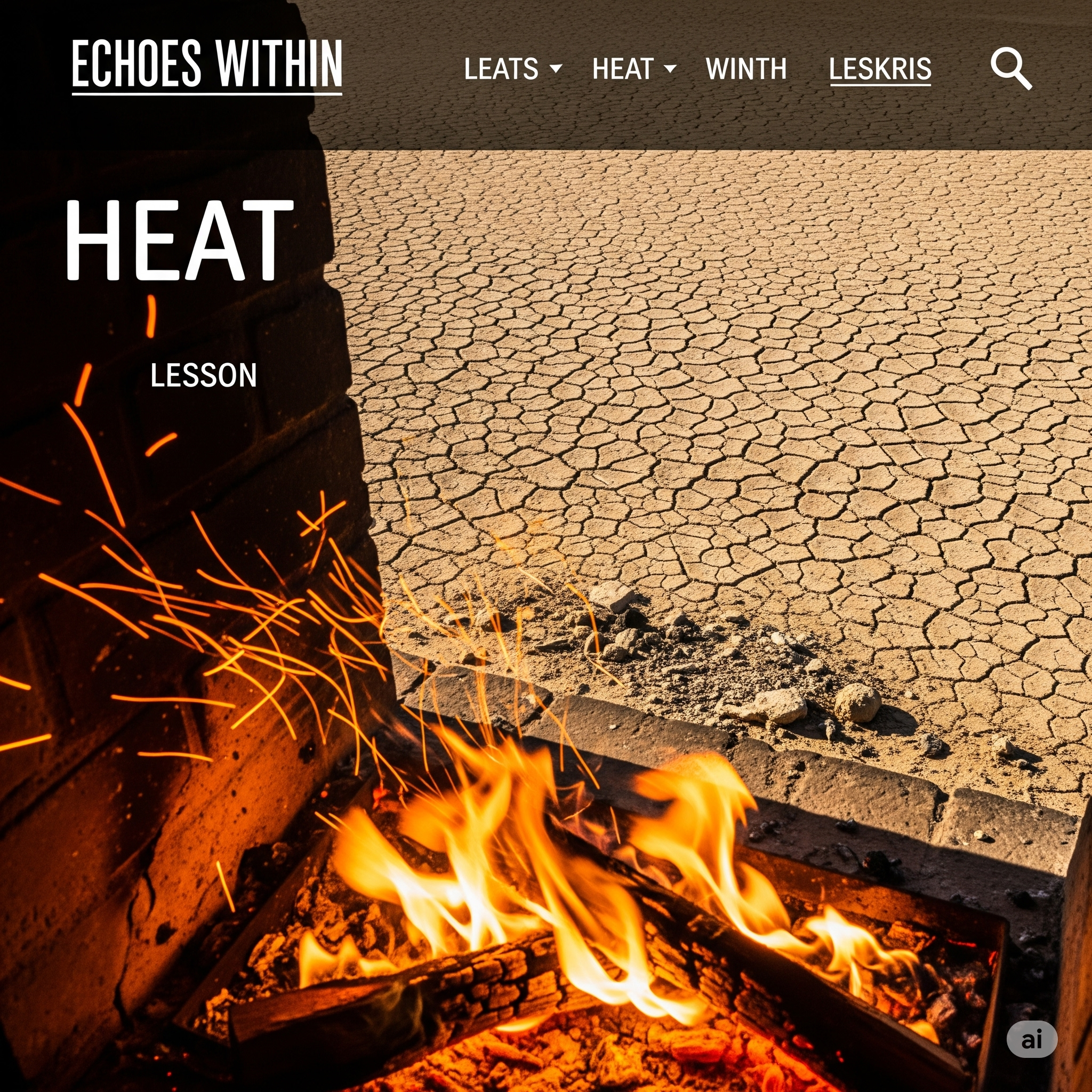
🔥 1. Heat and Temperature: Summary
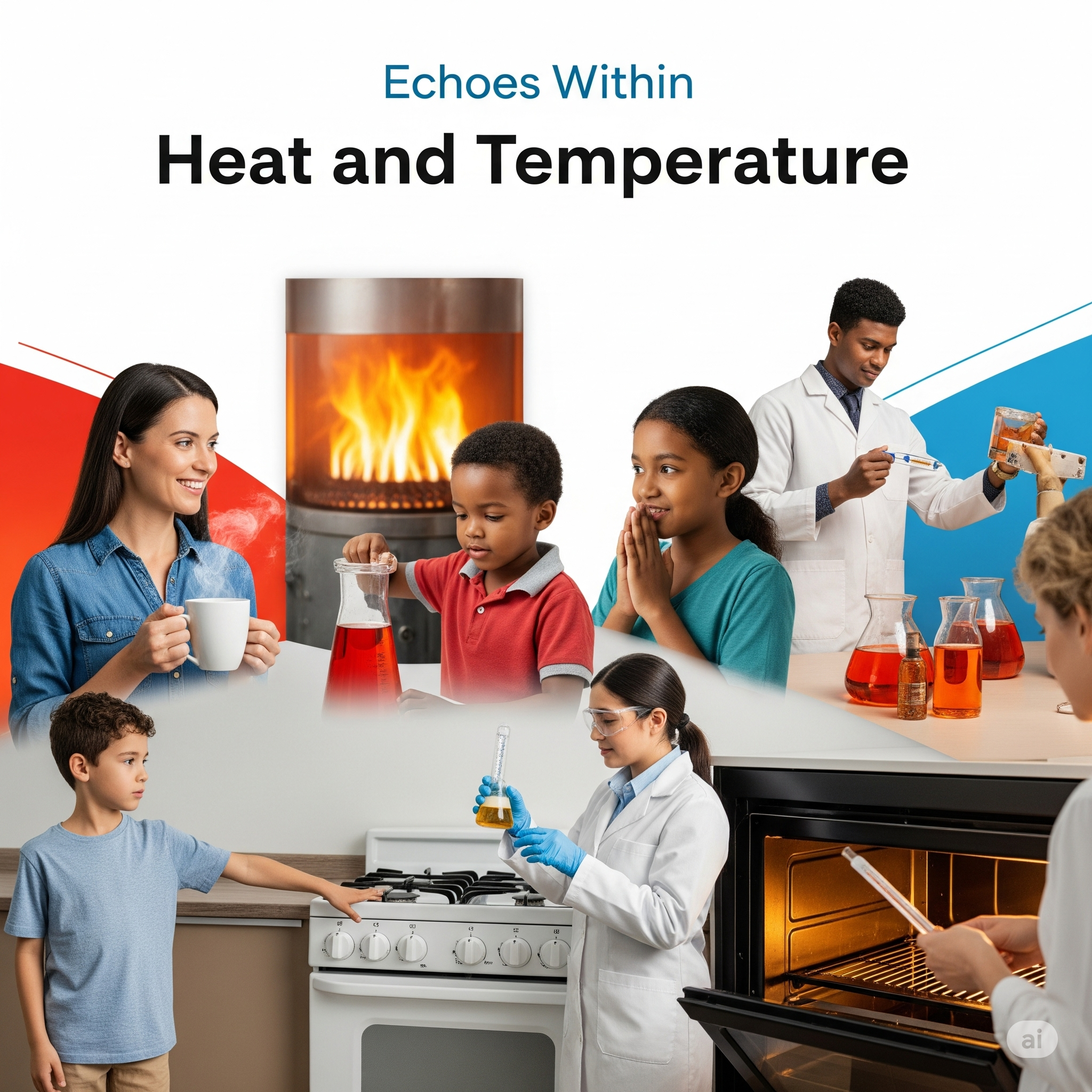
🔑 Key Points:
Heat and Temperature
-
Heat is a form of energy that flows from a hotter body to a colder one.
-
Unit: Joule (J)
-
Instrument: Calorimeter
-
-
Temperature is the measure of the hotness or coldness of a body.
-
Unit: Celsius (°C), Fahrenheit (°F), Kelvin (K)
-
Instrument: Thermometer
-
-
Heat and temperature are not the same:
-
Heat depends on mass and energy.
-
Temperature depends on the average kinetic energy of particles.
-
🌡️ 2. Quantity of Heat: Summary
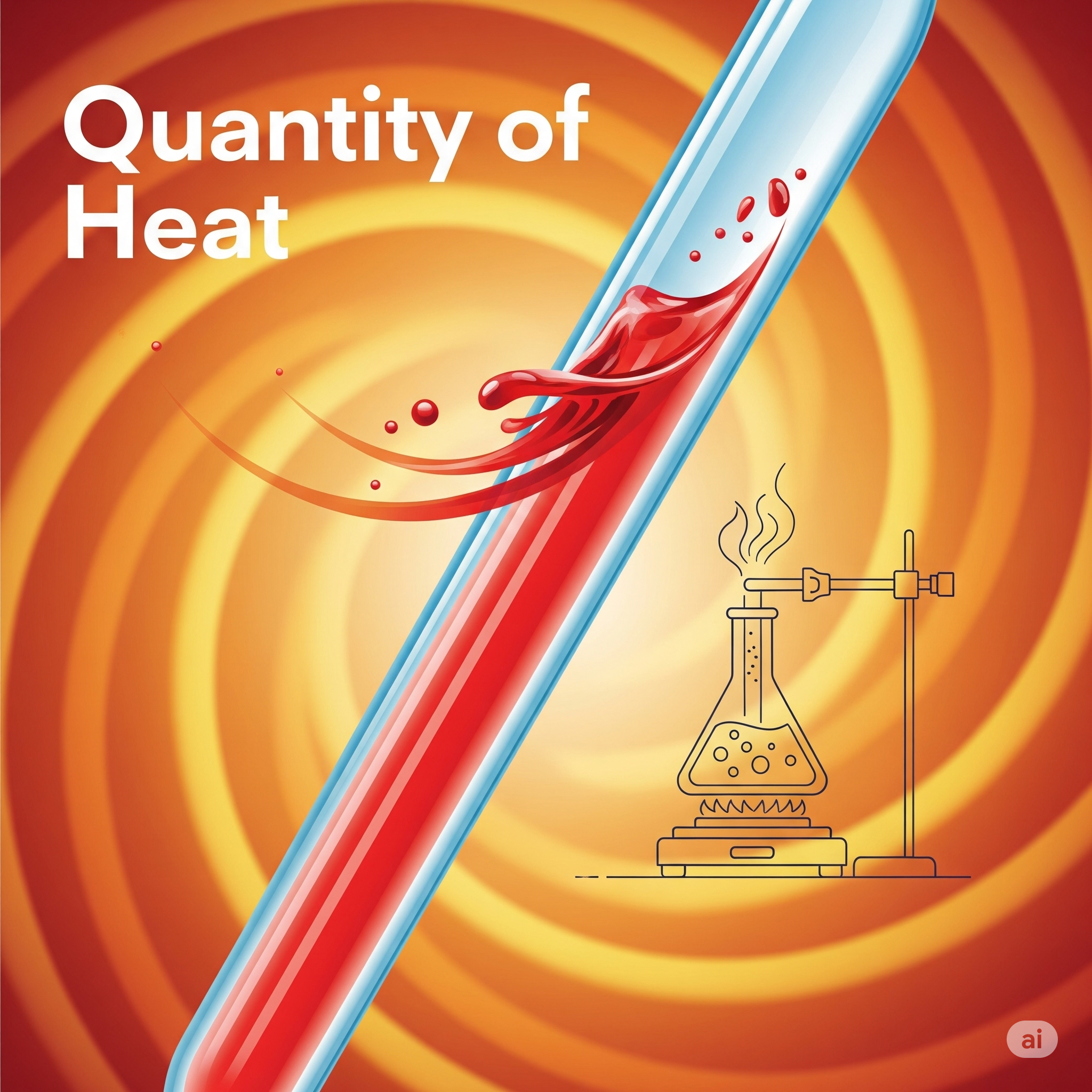
🔑 Key Points:
-
Quantity of heat (Q) = Heat energy absorbed or given out
Q=mcΔTQ = mcDelta T
-
mm: mass (kg)
-
cc: specific heat capacity (J/kg·°C)
-
ΔTDelta T: change in temperature (°C)
-
-
Specific heat capacity is the amount of heat required to raise 1 kg of a substance by 1°C.
-
Latent heat: heat energy absorbed or released without change in temperature (during melting, boiling)
🔧 3. Thermal Expansion: Summary
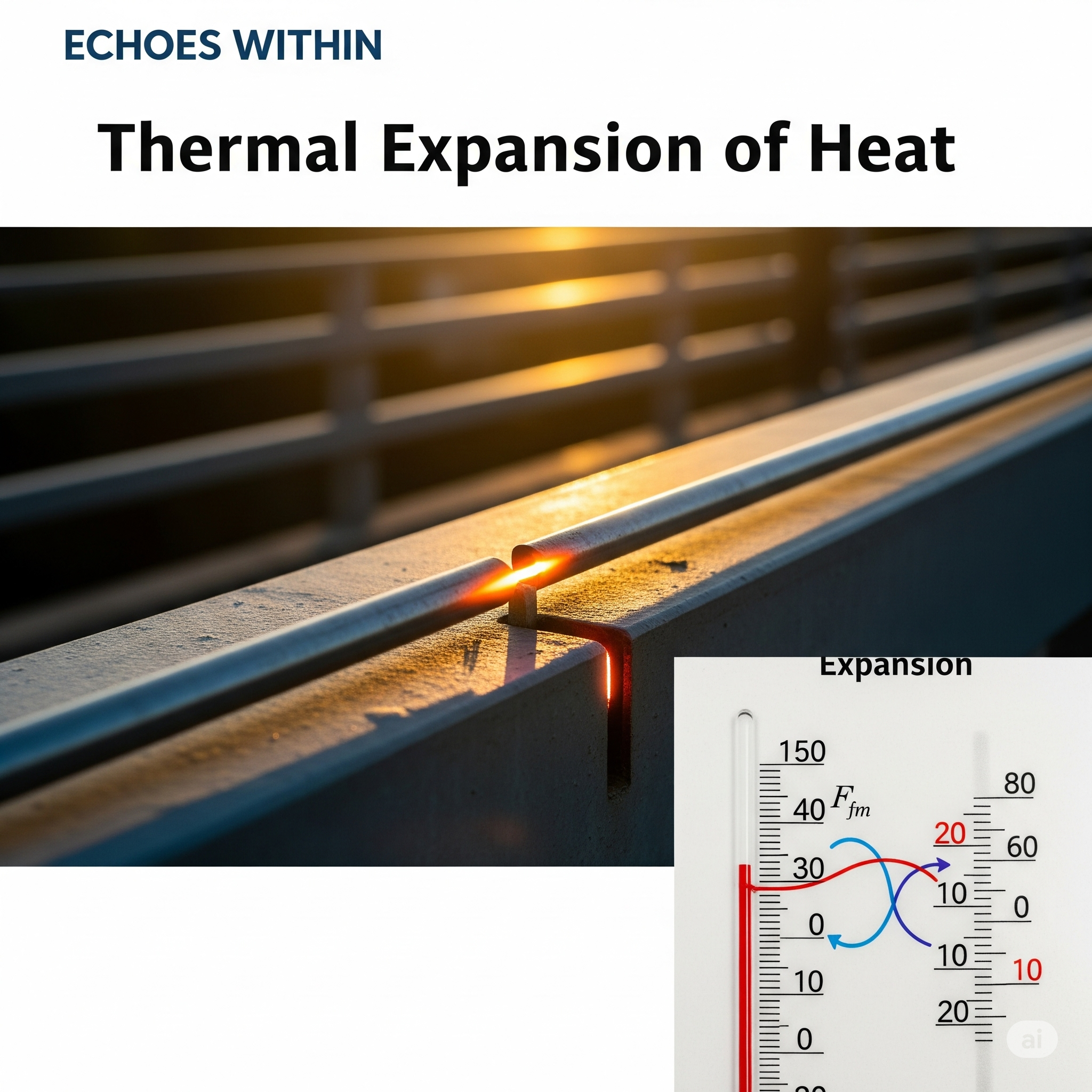
🔑 Key Points:
-
Thermal expansion is the increase in size, area, or volume of a substance due to heat.
-
Types:
-
Linear (length)
-
Areal (surface area)
-
Volumetric (entire volume)
-
-
Solids expand the least, gases the most.
-
Applications:
-
Railway gaps
-
Bimetallic strips
-
Overhead power lines
-
🔁 4. Transfer of Heat: Summary
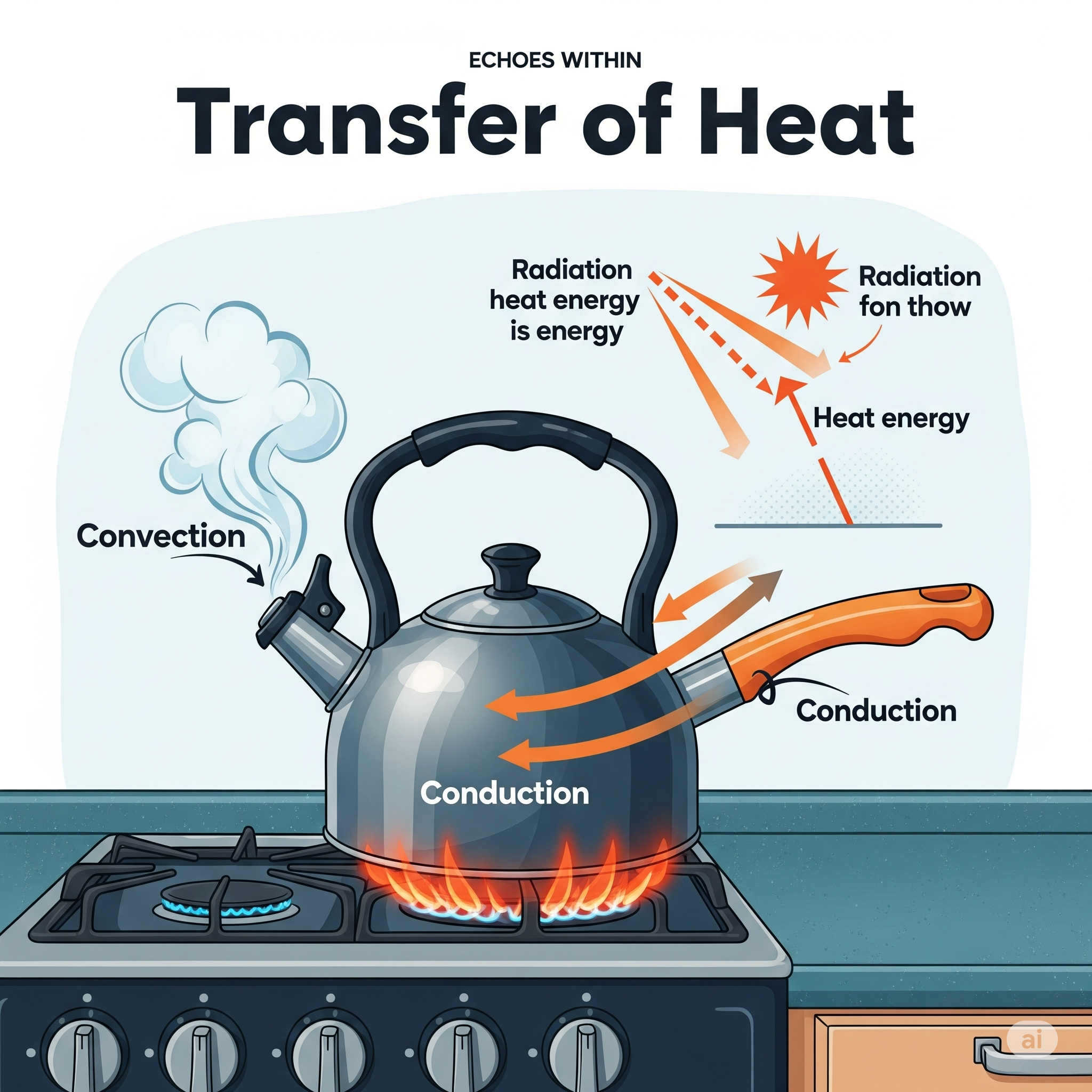
🔑 Key Points:
-
Heat transfers from hot to cold regions in three ways:
-
Conduction: through solids (molecule-to-molecule)
-
Convection: through fluids (liquids & gases by movement)
-
Radiation: through vacuum (no medium needed)
-
Good conductors: metals like copper, iron
-
Poor conductors: wood, plastic, air
-
Convection examples: sea breeze, boiling water
-
Radiation example: heat from the Sun
For Further Reading:
📘 Sources of Energy: Chapter Summary for MCQ
You Can Also Read:
The Ethics of Human Genetic Engineering: Playing God or Progress?
Extreme Introversion: Thriving in a World Built for Extroverts
We Are Losing Creativity in the Search for Perfection
The Psychology of Procrastination: Why We Self-Sabotage
The Secret Force Guiding Your Day: Emotion
